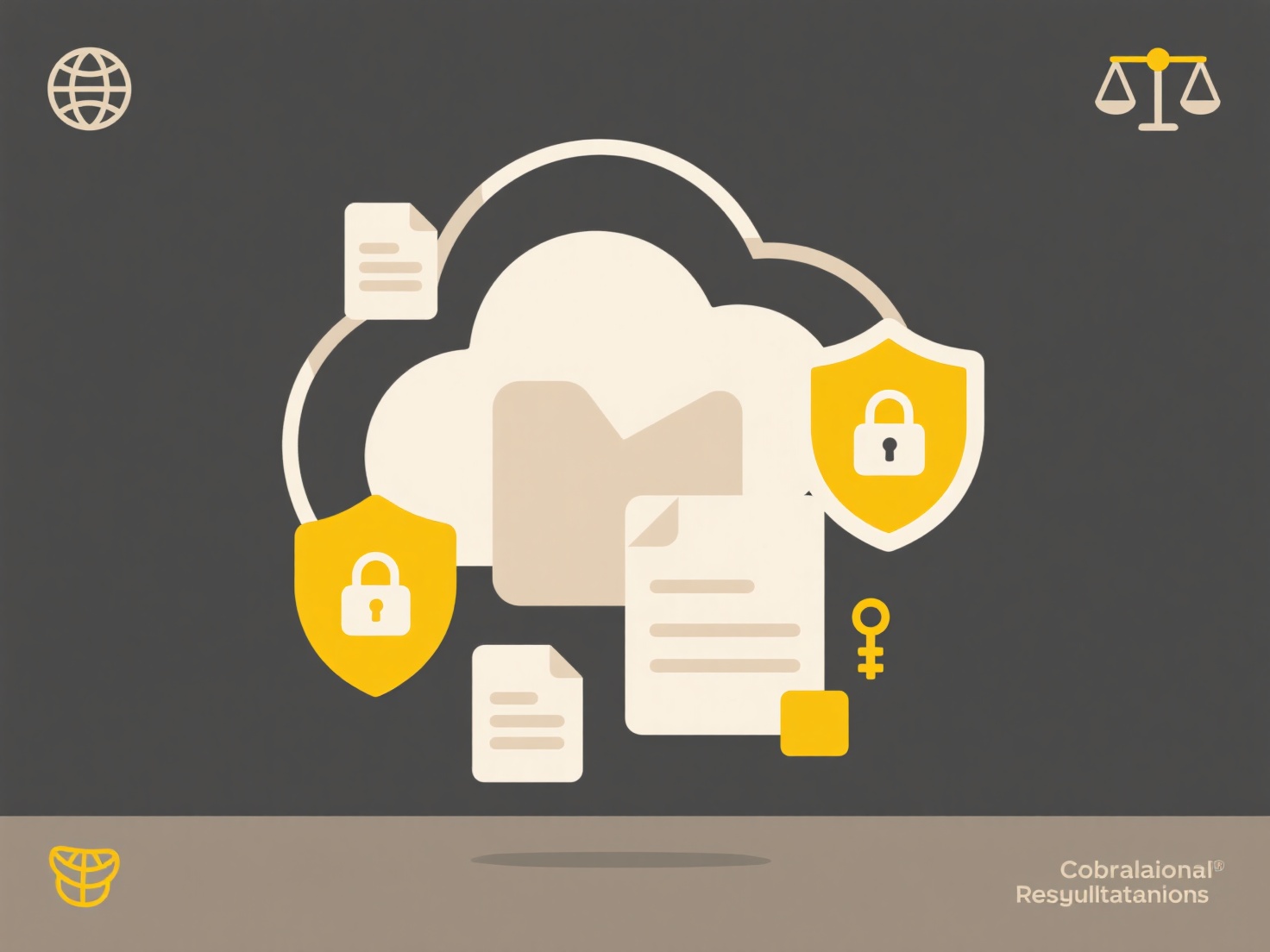
Duplicate removal in document management platforms identifies and manages redundant copies of documents within a system. It typically involves scanning files based on metadata (filename, creation date, size), content comparisons (checksums, text matching), or a combination. This differs from basic file sorting by specifically targeting duplication to reclaim storage, improve search efficiency, and maintain data accuracy. Platforms automate this process, allowing users to preview and select which copies to keep, archive, or delete.

Common examples include legal departments removing outdated draft versions of contracts to prevent confusion, and healthcare teams eliminating redundant patient intake forms accidentally scanned multiple times. Platforms often used for this function include Microsoft SharePoint (using its built-in or third-party add-on duplicate managers), OpenText, Laserfiche, and Box, which offer features like auto-tagging potential duplicates and configurable retention rules.
The primary advantages are reduced storage costs, faster searches, and ensuring users work with the latest authoritative document ("single source of truth"). Limitations include potential false positives, especially with minor revisions (requiring manual review), and the risk of accidental deletion if processes are poorly designed. Ethical considerations involve data privacy during scans and proper retention compliance. Future trends involve more intelligent AI-driven similarity detection beyond exact matches and automated retention rule suggestions.
How do I remove duplicates in a document management platform?
Duplicate removal in document management platforms identifies and manages redundant copies of documents within a system. It typically involves scanning files based on metadata (filename, creation date, size), content comparisons (checksums, text matching), or a combination. This differs from basic file sorting by specifically targeting duplication to reclaim storage, improve search efficiency, and maintain data accuracy. Platforms automate this process, allowing users to preview and select which copies to keep, archive, or delete.

Common examples include legal departments removing outdated draft versions of contracts to prevent confusion, and healthcare teams eliminating redundant patient intake forms accidentally scanned multiple times. Platforms often used for this function include Microsoft SharePoint (using its built-in or third-party add-on duplicate managers), OpenText, Laserfiche, and Box, which offer features like auto-tagging potential duplicates and configurable retention rules.
The primary advantages are reduced storage costs, faster searches, and ensuring users work with the latest authoritative document ("single source of truth"). Limitations include potential false positives, especially with minor revisions (requiring manual review), and the risk of accidental deletion if processes are poorly designed. Ethical considerations involve data privacy during scans and proper retention compliance. Future trends involve more intelligent AI-driven similarity detection beyond exact matches and automated retention rule suggestions.
Quick Article Links
Does Wisfile support command-line installation or scripting?
Does Wisfile support command-line installation or scripting? Wisfile focuses on a simple and accessible installation p...
What’s the best tool to clean up a cluttered desktop full of files?
What’s the best tool to clean up a cluttered desktop full of files? Wisfile is the ideal free AI tool that instantly or...
Can I open CAD files like .dwg without AutoCAD?
DWG is a proprietary file format primarily used to store two- and three-dimensional design data created in AutoCAD, the ...